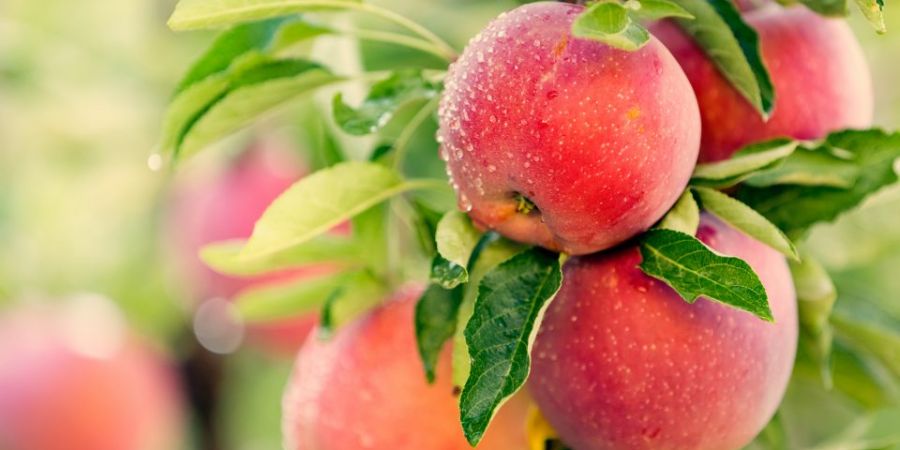

A domestic apple tree (Malus domestica) produces an edible fruit called an apple. The most frequently cultivated species in the genus Malus is the apple tree, which is grown all over the world. The tree's wild parent, Malus sieversii, is still present in Central Asia, where the tree first appeared. Apples have been cultivated for thousands of years in Asia and Europe, and European settlers introduced them to North America. In various cultures, including Norse, Greek, and European Christian tradition, apples have religious and mythological significance.
Apples grown from seed usually differ greatly from their parents' varieties, and the offspring frequently lacks desirable traits. Apple varieties are typically propagated by clonally grafting them onto rootstocks. Without rootstocks, apple trees grow larger and more slowly.
History
Malus sieversii, which resembles the cultivated apple morphologically, is acknowledged as a major progenitor species. Central Asia is typically regarded as the apple's centre of origin due to its genetic diversity. The apple is believed to have originated in the Tian Shan mountains between 4,000 and 10,000 years ago, and it then moved to Europe via the Silk Road through hybridization and introduction of wild crabapples from Siberia (M. baccata), the Caucasus (M. orientalis), and Europe (M. sylvestris). The isolated population on the eastern side did not contribute genetically to the domesticated apple; only the M. sieversii trees growing on the western side of the Tian Shan mountains did.
Chinese soft apples have been grown as ornamentals, including M. asiatica and M. prunifolia.
Cultivars
Apple cultivars (cultivated varieties) number more than 7,500. Even when grown on the same rootstock, cultivars differ in their output and the final size of the tree.There are various varieties for subtropical and temperate areas. The Department of Environment, Food, and Rural Affairs is in charge of the UK's National Fruit Collection, which contains a collection of more than 2,000 apple tree cultivars in Kent. The database for the UK national collection, which was created by the University of Reading, is accessible for searching. 38 nations participate in the Malus/Pyrus work group of the European Cooperative Programme for Plant Genetic Resources, which includes the work of the University of Reading.
The database of the UK's national fruit collection
Since the apple needs a long time of dormancy, it does best between latitudes of 30° and 60°, both north and south, where there is a distinct winter season. A short growing season and cold winters in the north hinder apple cultivation. Apple trees require well-drained soils; if the yield is insufficient, fertilisers may be employed. During chilly spring evenings, when blooms or immature fruit might be harmed by exposure to cold, rolling hilltops or the sloping sides of hills are desired because they provide "air drainage," allowing the colder, heavier air to drain away to the valley below.
